Did you know that beneath the towering redwoods of California lies a hidden world of ancient giants? Or that in the heart of Arizona’s deserts, stones mysteriously trek across the sands on their own? Welcome to the untold stories of America’s Western National Parks – realms where wonder and reality converge. From the cloud-kissing titans of Redwood National Park to the silently moving stones of Death Valley, these iconic destinations are more than just scenic escapes; they are chapters in Earth’s deep, mysterious narrative. Join me as we unveil secrets tucked away in these natural marvels. Discover how a volcano’s fury sculpted the deepest lake in the U.S., why the sandstone cliffs of Zion National Park are still rising, and the rare wildlife thriving in the vast wilderness of Yellowstone. This journey is not just about seeing; it’s about rediscovering a world you thought you knew. Prepare to be amazed by the awe-inspiring power and secrets of the West’s wild places.
Table of Contents
- Yellowstone National Park (Wyoming, Montana, Idaho)
- Yosemite National Park (California)
- Crater Lake National Park (Oregon)
- North Cascades National Park (Washington)
- Lassen Volcanic National Park (California)
- Redwood National Park (California)
- Saguaro National Park (Arizona)
- Zion National Park (Utah)
- Grand Canyon National Park (Arizona)
- Pinnacles National Park (California)
- Petrified Forest National Park (Arizona)
- Share this with a friend
- Conclusion
Yellowstone National Park (Wyoming, Montana, Idaho)
Alongside its famous geysers and hot springs, Yellowstone’s petrified forest stands as a silent testament to ancient volcanic cataclysms. These fossilized trees, some standing upright in the very spots they grew millions of years ago, were rapidly buried by volcanic ash and transformed into stone, capturing a moment in time from a landscape long gone.
Yosemite National Park (California)
The rare Sierra Nevada red fox, once thought to be extinct for nearly a century, has been spotted in Yosemite’s high-altitude regions. This elusive creature’s survival in such a rugged environment is a testament to nature’s resilience and adaptability.
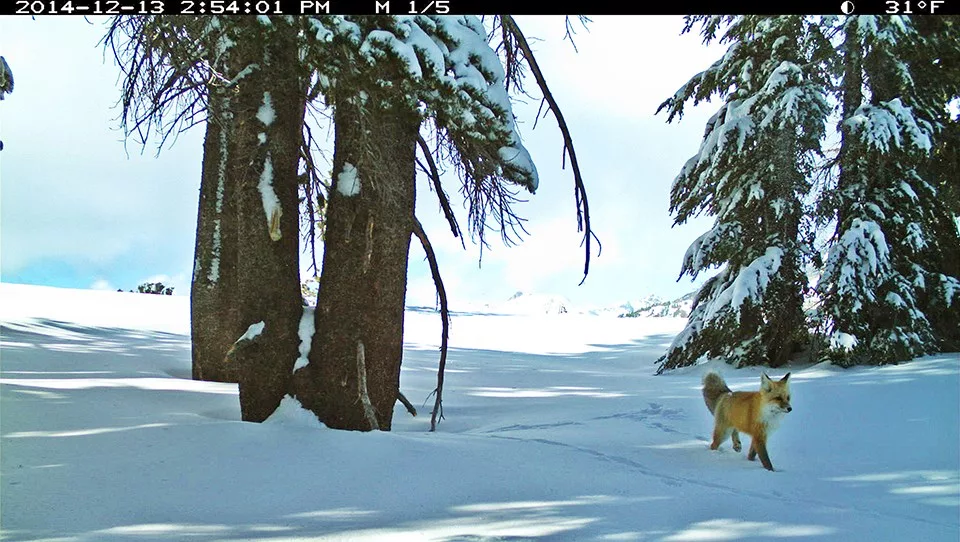
(Image from NPS website link above)
Crater Lake National Park (Oregon)
Formed by the collapse of an ancient volcano, Crater Lake is renowned for its deep blue color and water clarity. Fed almost entirely by snowfall/rain, it’s one of the cleanest and clearest large bodies of water in the world, offering a rare glimpse into a pristine aquatic ecosystem.
“It’s the deepest lake in the United States and the deepest volcanic lake in the world” NPS website.
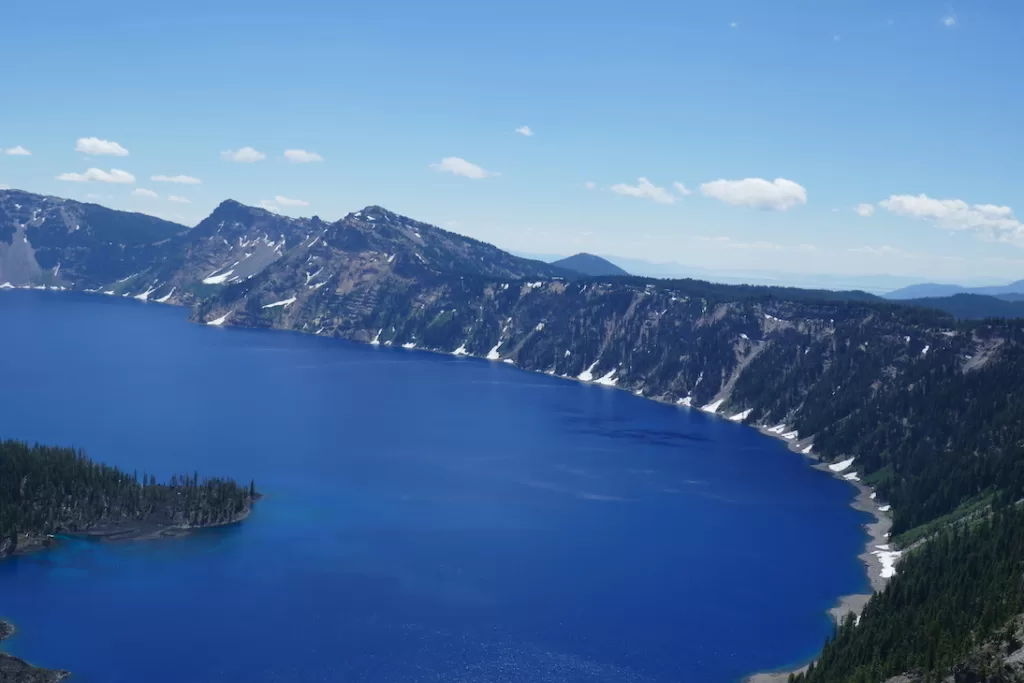
North Cascades National Park (Washington)
This park contains the highest concentration of glaciers in the U.S. outside of Alaska. These icy giants sculpt the landscape, carving out valleys and shaping peaks, and are a critical water source for the region.
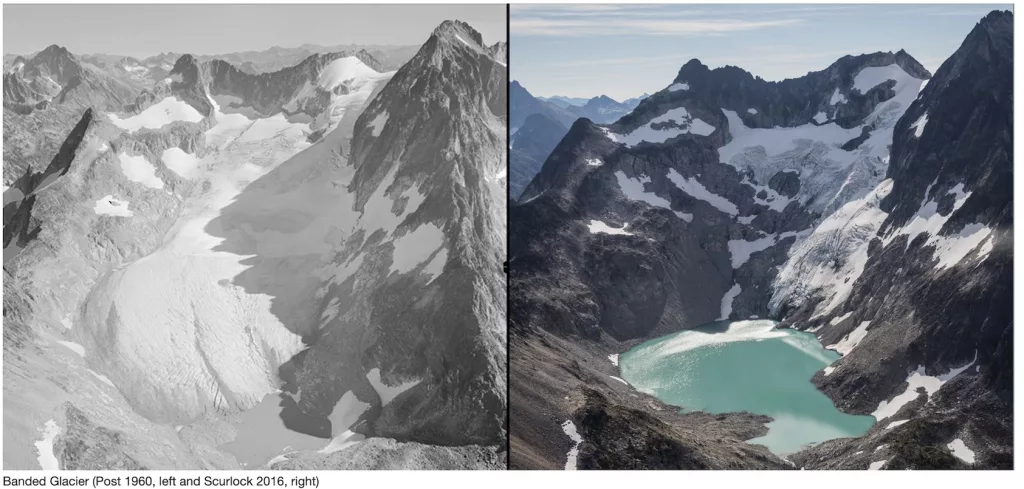
(Image from NPS website link above)
Lassen Volcanic National Park (California)
This unique park offers a tour of all four types of volcanoes: shield, composite, cinder cone, and plug dome. Lassen Peak, the largest plug dome volcano in the world, last erupted in the early 20th century, reminding visitors of the ongoing geological activity beneath their feet.
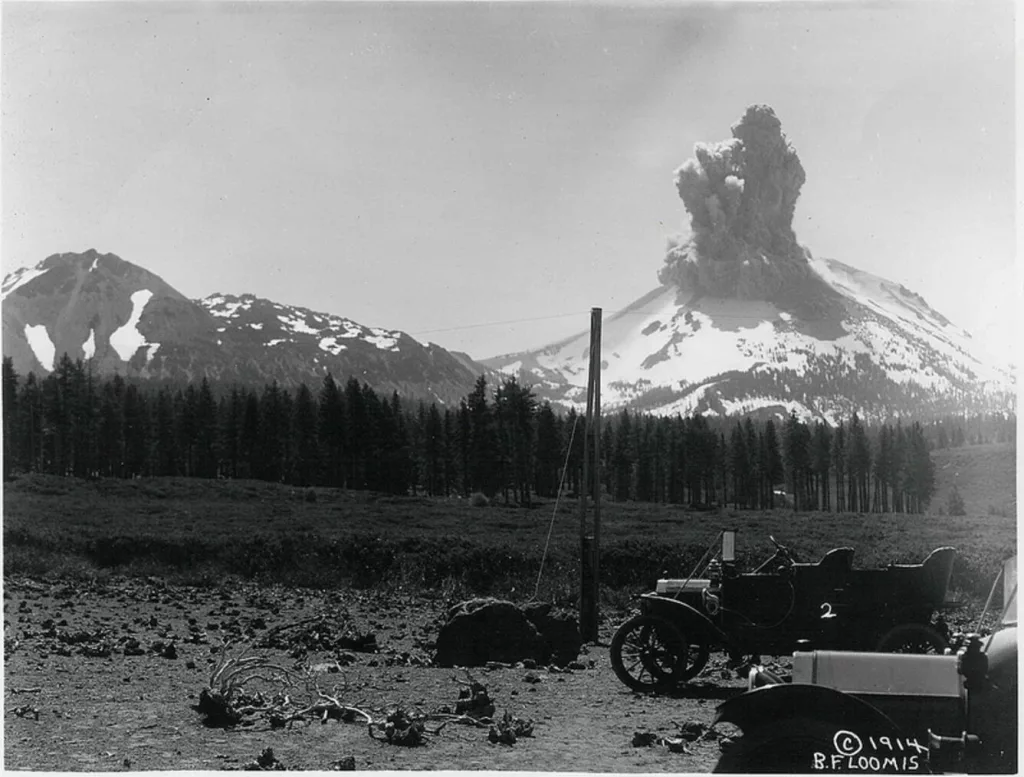
(Image from NPS website link above)
Redwood National Park (California)
This park is home to Hyperion, the world’s tallest known living tree, standing over 379 feet tall (about 160 meters). These ancient trees create a forest canopy so high it often forms its own weather system, fostering a rich, moist, and unique ecosystem beneath.
However, this is the note from National Park Service:
“Since its “discovery” in 2006, this tree has been on many tree-enthusiast’s bucket lists. Hyperion is located off trail through dense vegetation and requires heavy ‘bushwhacking’ in order to reach the tree. Those accessing and viewing the tree have trampled, and in some instances killed, the surrounding native vegetation.
As a visitor, you must decide how you can help protect this fragile ecosystem.
We are encouraging visitors not to seek out Hyperion, and we continue to ask people not to create social trails anywhere in the redwoods.”
Saguaro National Park (Arizona)
Named for the Saguaro cactus, an emblematic symbol of the American West, these cacti can grow to over 40 feet tall and live for more than 200 years. The park showcases these magnificent plants in a natural desert environment, and their blooming white flowers in late spring are a sight to behold.
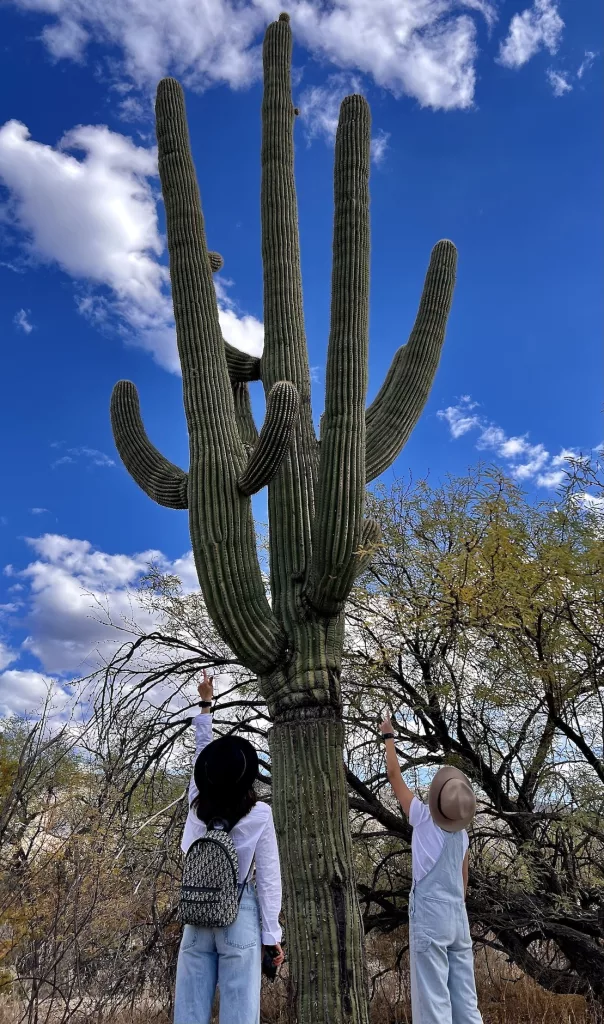
Zion National Park (Utah)
The towering sandstone cliffs of Zion, known for their striking cream, pink, and red colors, are still rising due to geological isostasy. This process, related to the Earth’s crust rebounding from glacial weight, gradually elevates these magnificent structures, altering the landscape at a pace imperceptible to humans.
“In an area from Zion to the Rocky Mountains, forces deep within the earth started to push the surface up. This was not chaotic uplift, but very slow vertical hoisting of huge blocks of the crust. Zion’s elevation rose from near sea level to as high as 10,000 feet above sea level.
Uplift is still occurring. In 1992 a magnitude 5.8 earthquake caused a landslide visible just outside the south entrance of the park in Springdale.” NPS website.
Grand Canyon National Park (Arizona)
The Grand Canyon is not just a vast chasm; it’s a grand geological library, with each layer of rock revealing a chapter of Earth’s history. These layers, dating back nearly 2 billion years, provide invaluable insights into the planet’s past, making it one of the most studied geological landscapes in the world.
Pinnacles National Park (California)
The park, formed from the eroded remains of an ancient volcano, serves as a critical refuge for the California condor, the largest North American land bird. The park’s dramatic landscape of spires and rock formations also offers a unique habitat for a diverse array of wildlife and is a popular spot for rock climbing and cave exploration.
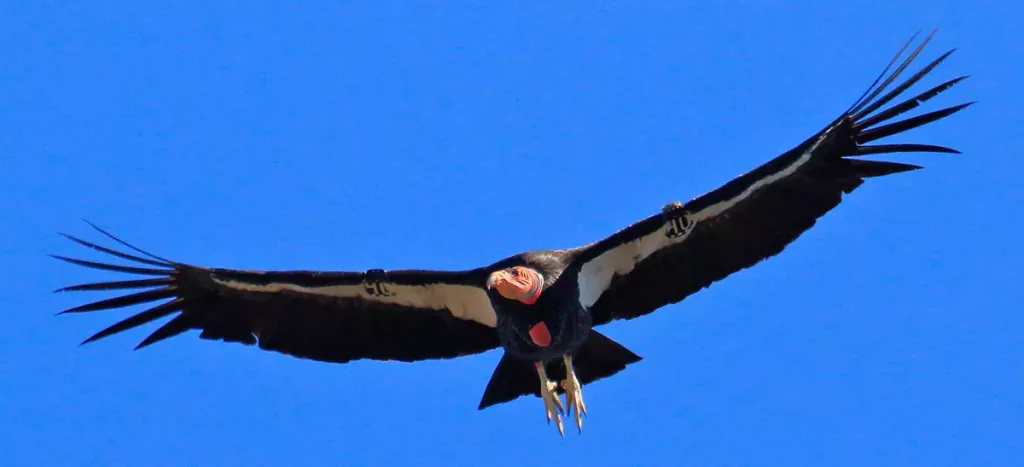
(Image from NPS/Gavin Emmons)
Petrified Forest National Park (Arizona)
The park is renowned for its colorful and vast deposits of petrified wood, which span over large areas, presenting a geological wonderland. The process of petrification involves wood turning into stone over millions of years, preserving intricate details of the bark and tree rings. Additionally, this park is unique as it includes a segment of the iconic Historic Route 66, intertwining natural history with cultural heritage.
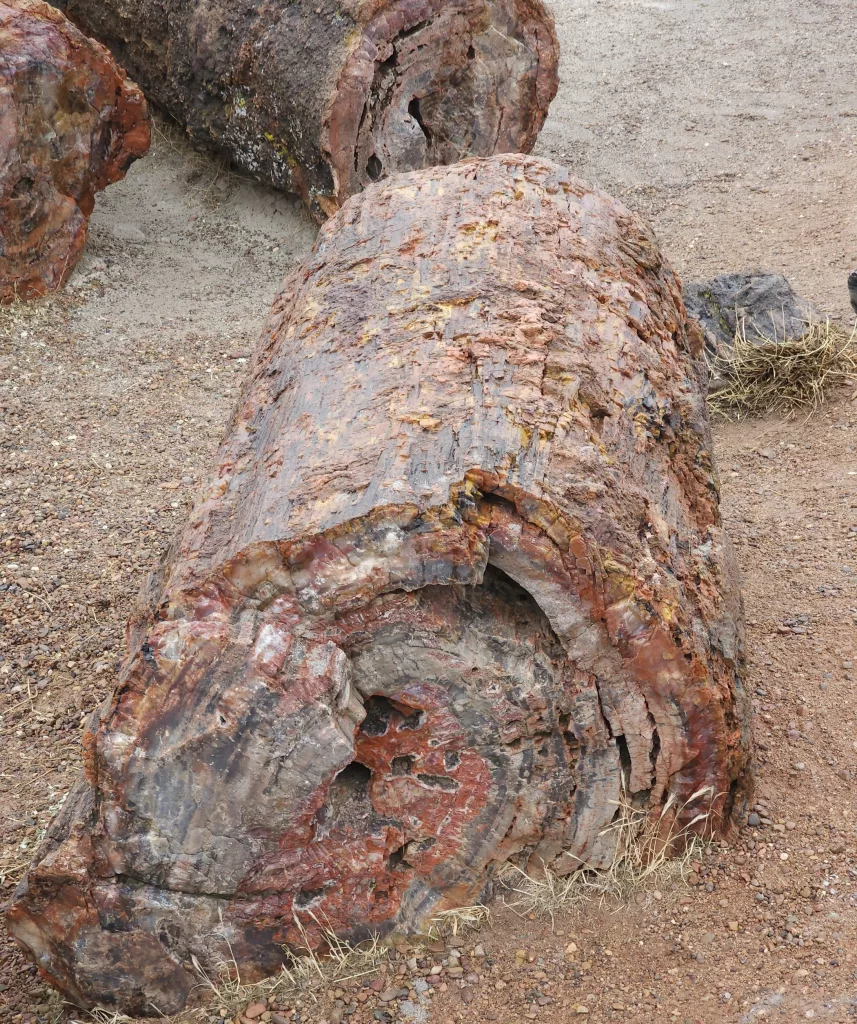
Share this with a friend
If you enjoyed this article and found it valuable, I’d greatly appreciate it if you could share it with your friends or anyone else who might be interested in this topic. Simply send them the link to this post, or share it on your favorite social media platforms. Your support helps me reach more readers and continue providing valuable content.
Conclusion
As our journey through America’s Western National Parks comes to a close, we are left with a profound sense of awe and a deeper understanding of the natural world. These parks are more than just scenic vistas; they are living museums, each telling its own unique story of geological marvels, ecological resilience, and evolutionary wonders. From the ancient, petrified remains in Yellowstone to the towering redwoods in California, we’ve seen how these landscapes are intricately woven into the fabric of our planet’s history.
These parks remind us that nature is not just a backdrop for our adventures, but a dynamic and vital part of our world that demands our respect and stewardship. As we reflect on the mysteries and marvels we’ve uncovered, let’s carry forward a renewed commitment to preserving these treasures for future generations to explore and enjoy.
Our exploration may have ended, but the stories of these parks continue to unfold. Each visit, each hike, each moment spent in these wild places reveals another layer of their endless wonders. So, I invite you to step into these natural sanctuaries, to wander, to wonder, and to become a part of the ongoing story that these national parks are writing every day.